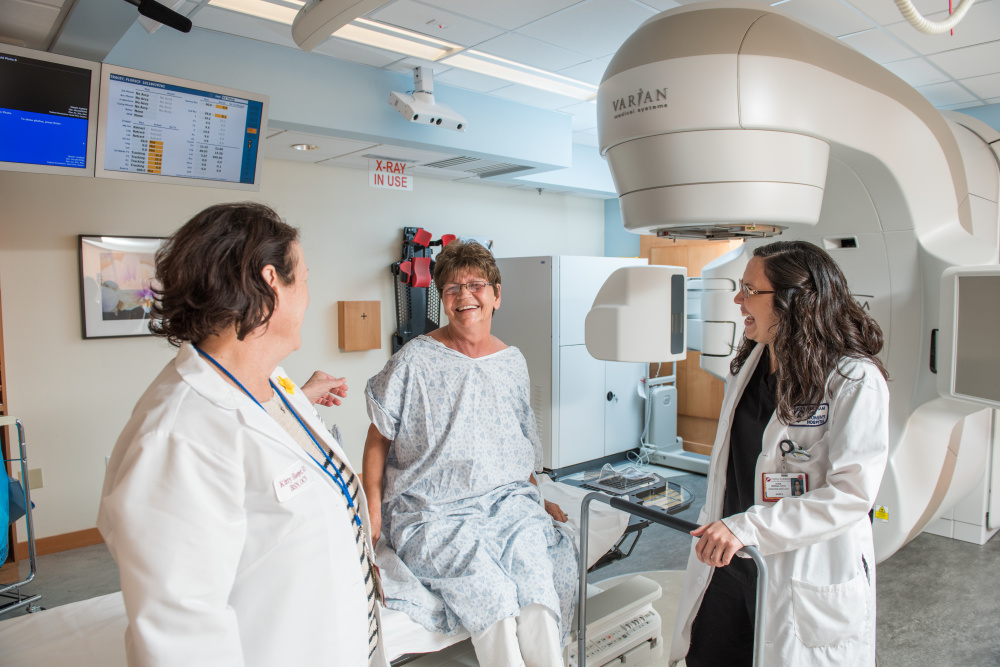Genital hemangioma is a congenital defect in the development of blood vessels of the dermal layer of the skin. It is a clearly manifested cosmetic flaw. Such shortcomings are quite dangerous for the patient's life. Each damage that violates the surface vessels, inevitably leads to bleeding - more or less severe.
The most dangerous situation occurs if the cavernous hemangioma of the labia is violated (a photo of the formation is not attached for ethical reasons). This type of hemangioma has large cavities and is associated with deep-lying vessels. A damaged arterial tumor can provoke gushing bleeding. In addition, ulceration can be considered a serious complication. The formation of phlebitis and thrombophlebitis will be the basis of huge problems.
Hemangioma is found on the labia in newborns immediately after birth, and in some cases during the first month of a child's life.
There are hemangiomas, both single and multiple. When hemangiomas are located in the perineum and external genitalia, frequent ulceration occurs, but later the neoplasm is independently cured. Why are hemangiomas dangerous and can they be treated?

Causes
This disease is not yet fully understood by medicine. But the main causes of hemangiomas on the labia in adults and children, experts consider:
- internal violation of blood vessels and tissues;
- diseases of any human organs;
- the effects of radiation or exposure to sunlight;
- genetic predisposition;
- the use of alcohol by the mother during the period of gestation;
- pathology of intrauterine development of blood vessels in a child.
The cause may be a viral infection, which the mother suffered from during pregnancy, and, accordingly, the child. Literally, a hemangioma is a tumor. It occurs due to abnormal functioning of blood vessels. If this neoplasm does not bother the patient, it is not necessary to remove it. But in case of its increase in size, a feeling of discomfort, bleeding, you must consult a doctor.
Despite the high level of development of medicine around the world, the issue of the appearance and treatment of hemangiomas is still not fully resolved. Doctors disagree, because of what these tumors arise and how to prevent their appearance.

Symptoms
Hemangioma on the female genital organs is a spot of bright crimson, blue or purple, reminiscent of an tissue abscess. Capillaries can be seen on the surface. If you palpate a pathological area of the skin, it will turn pale for a short time, and then return to its original color and size. The neoplasm can be both flat and elevated, dry and rough, uneven and tuberous, soft in consistency. It can also be hot compared to other areas of the skin.
In most cases, in adults, pain at the site of localization of the tumor does not occur. If the pathological area is damaged, severe bleeding can occur, which will be rather difficult to stop, and tissue necrosis may occur in the future.
The tumor, as a rule, is small, does not grow or grows slowly, but not more than 3 centimeters. As already mentioned, the neoplasm on the labia may not manifest itself in any way, it can only be detected by palpation. In young children, the swelling on the labia may grow in the first 6 months of life, then stop or slow down.

Radiation therapy
Radiation therapy is used for conventional capillary and cavernous hemangiomas of the skin and parenteral fatty tissue on the labia. Such treatment of hemangiomas refers to quite effective methods.
It is especially effective if it is conducted in a child in the first year of life, since at this age the susceptibility of angiomatous tissue to ionizing radiation is higher. This often makes it possible to achieve an absolute cure for hemangiomas with the resumption of good skin.
Laser therapy

In the treatment of superficial hemangiomas on the labia majora, the so-called laser removal method is used. This method is one of the best, as it allows you to get rid of the neoplasm once and for all, without experiencing pain, and does not leave scars on the body.
The laser in no way will have a negative effect on the skin and is completely safe for the child. The skin becomes perfectly smooth and clean after the procedure. This method completely stops further growth of the tumor and stimulates its complete resorption without any traces on the body.
Diathermoelectrocoagulation

Diathermoelectrocoagulation with hemangioma on the labia is a point cauterization of the affected area of the skin with an electrode and electric current. Such an effect is applied not so often and is suitable only for benign tumors of small diameter. The advantages of this method are:
- painlessness;
- lack of bleeding;
- possibility of use at any age;
- lack of contraindications during pregnancy and lactation;
- lack of post-surgical consequences.
Complete healing of the skin after this procedure occurs in 14-18 days, while there is practically no trace left.
Cryodestruction
This procedure is carried out very quickly. A device containing nitrogen is applied to the body for literally 20-25 seconds. Usually, patients do not even have time to understand what happened, since with this procedure there is a very slight tingling sensation, and no more uncomfortable factors are observed. It should be noted that this procedure is completely safe and ideal for young children aged three years and older.
After cryodestruction, there are practically no restrictions, except that the child needs a little rest and calm in the first hours after the operation.
Hormone therapy

There are cases when the hemangioma on the labia increases rapidly. In such cases, hormone therapy is used to treat it. Doctors use Prednisolone as a drug. This drug helps to stop the growth of vascular tissue, and the tumor growth stops.
The treatment cycle often takes four weeks. If the neoplasm was detected in a timely manner, then no problems on the way to recovery will arise. Hemangioma is not a serious disease, but with existing signs, you should immediately contact a dermatologist.
A few words about the treatment of hemangiomas
It should be said that hemangiomas are especially dangerous for premature babies: in them they increase 2–3 times faster than in full-term babies. Although, judging by studies, approximately 7% of these neoplasms can disappear on their own as children grow. By the way, this distinguishes them from other tumors. However, as a rule, the safest ones disappear - simple and located in closed areas of the body.
Several years ago, experts categorically refused the classical surgical methods of getting rid of hemangiomas, and now in 95% of cases, such vascular tumors are treated with the parasurgical method. Such therapy can be started from a very early age - almost immediately after diagnosis. And the sooner you get started, the better the consequences.
So, 70% of hemangiomas are treated in a cryogenic way, using liquid nitrogen at a temperature of -196 ° C. In this case, healing occurs without a scar, which is important for the patient. The number of cryotherapy sessions depends on the size of the hemangioma. At a time, you can remove the tumor with a size of 10 cm². The procedure is performed on an outpatient basis, without anesthesia. Complications, as a rule, do not happen. And after the operation is completed, almost no special therapy is required. It is enough to treat the place where the tumor was, with brilliant green, and then with baby cream.
For deep cavernous hemangiomas (including on the face), a method of microwave cryodestruction is used. In this case, the tumor is irradiated with a microwave field, and then undergoes cryotherapy.
Children under six months of age will benefit from treatment with Prednisolone tablets.
For genital formations, radiation therapy is also recommended. By the way, for a tumor of the parotid region, on the face and neck, the technology of angiography and embolization (that is, narrowing of blood vessels and blocking blood flow to the tumor) was invented. Surgical intervention is used only for in-depth hemangiomas in closed areas of the body and limbs.

Operation
Surgery for hemangioma on the labia is a fairly rare method of treatment, since it carries some danger, as well as malaise and discomfort in the postoperative period. The operation is assigned in cases:
- the risk of a benign tumor developing into a malignant one;
- if the neoplasm causes severe discomfort;
- with rapid tumor growth;
- large sizes of the neoplasm;
- symptomatology that is incompatible with other methods of treatment.
During the operation, surgeons remove the tumor itself and a small part of the adjacent healthy tissue to exclude the appearance of repeated neoplasm in the same area.